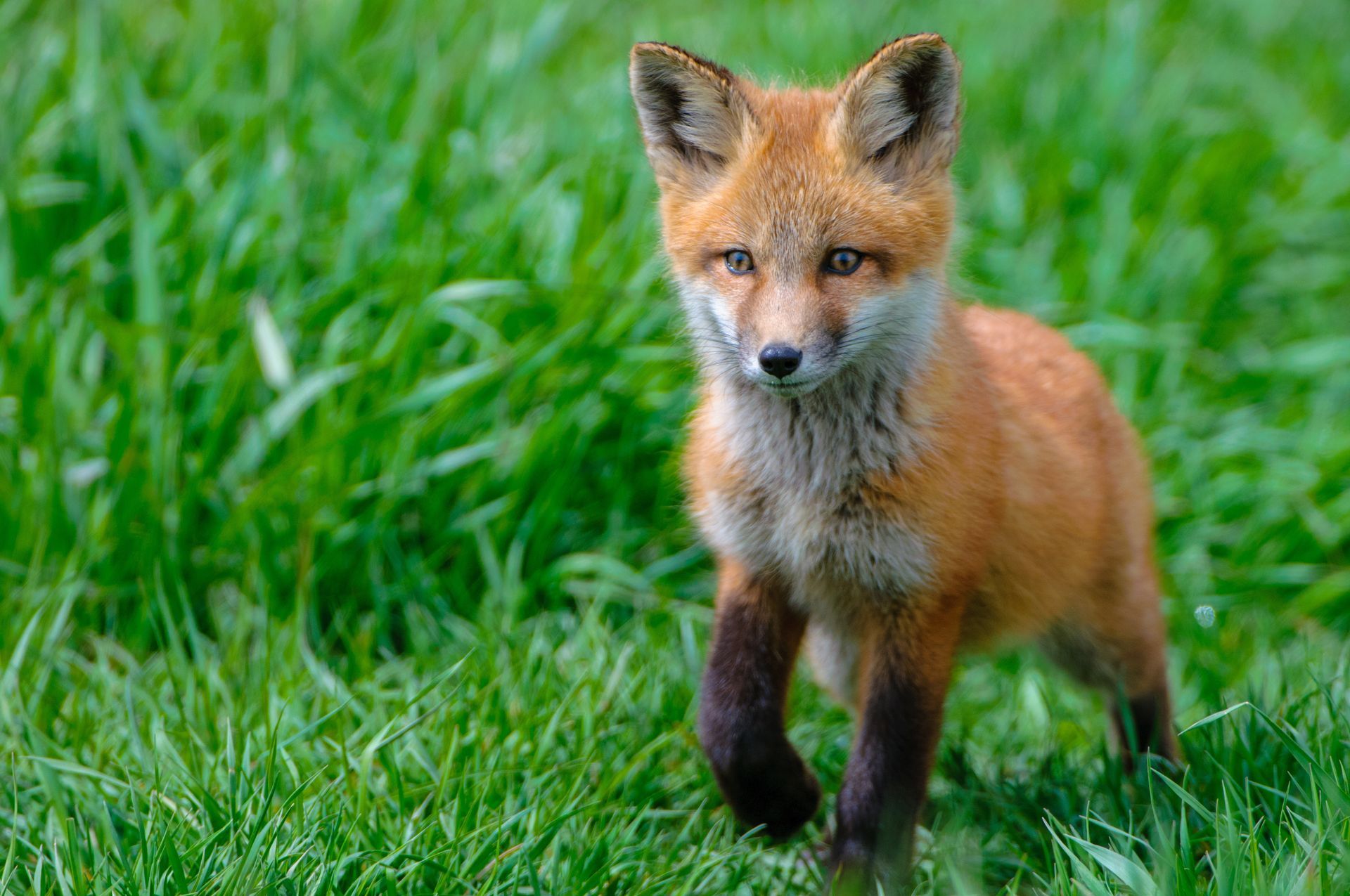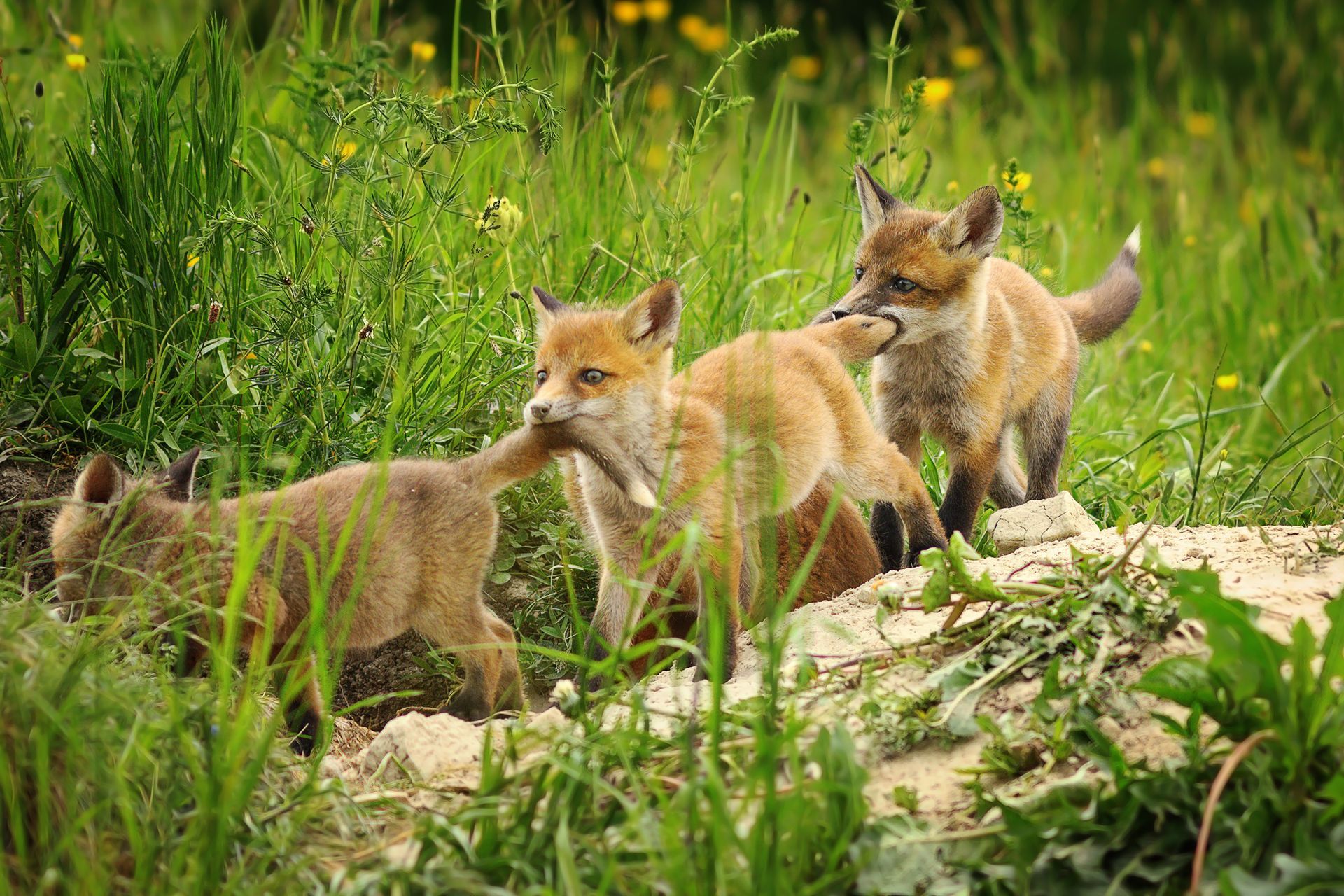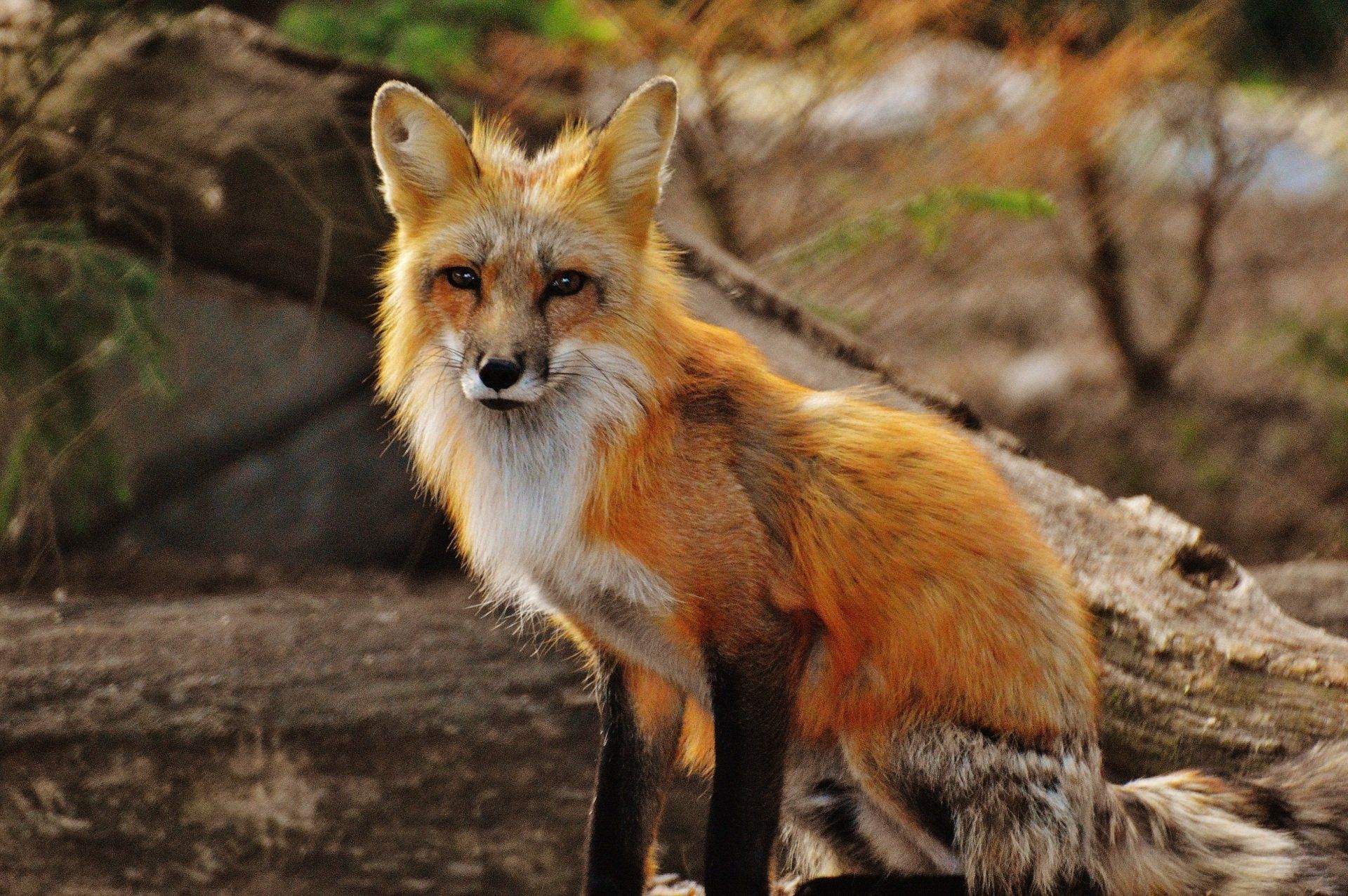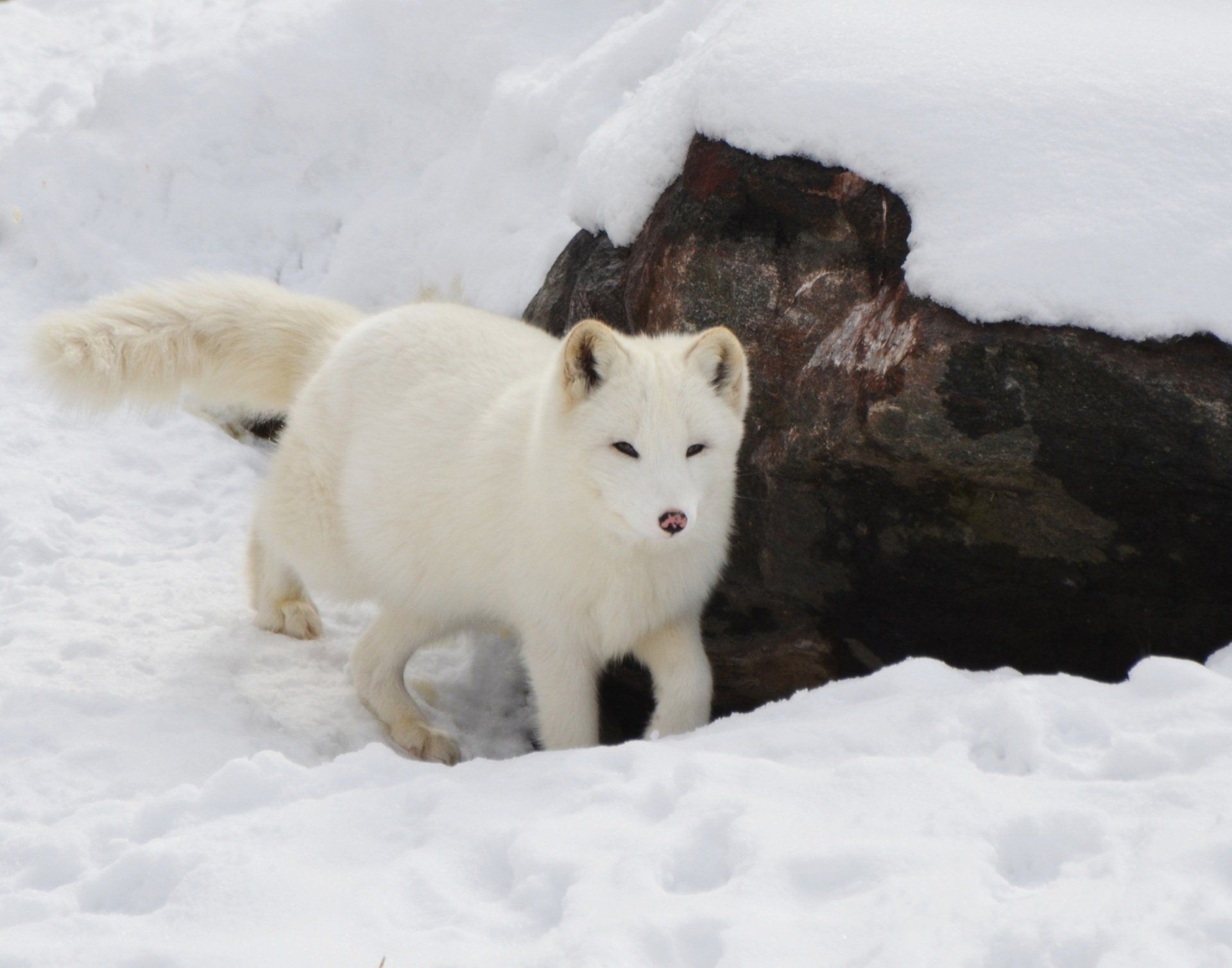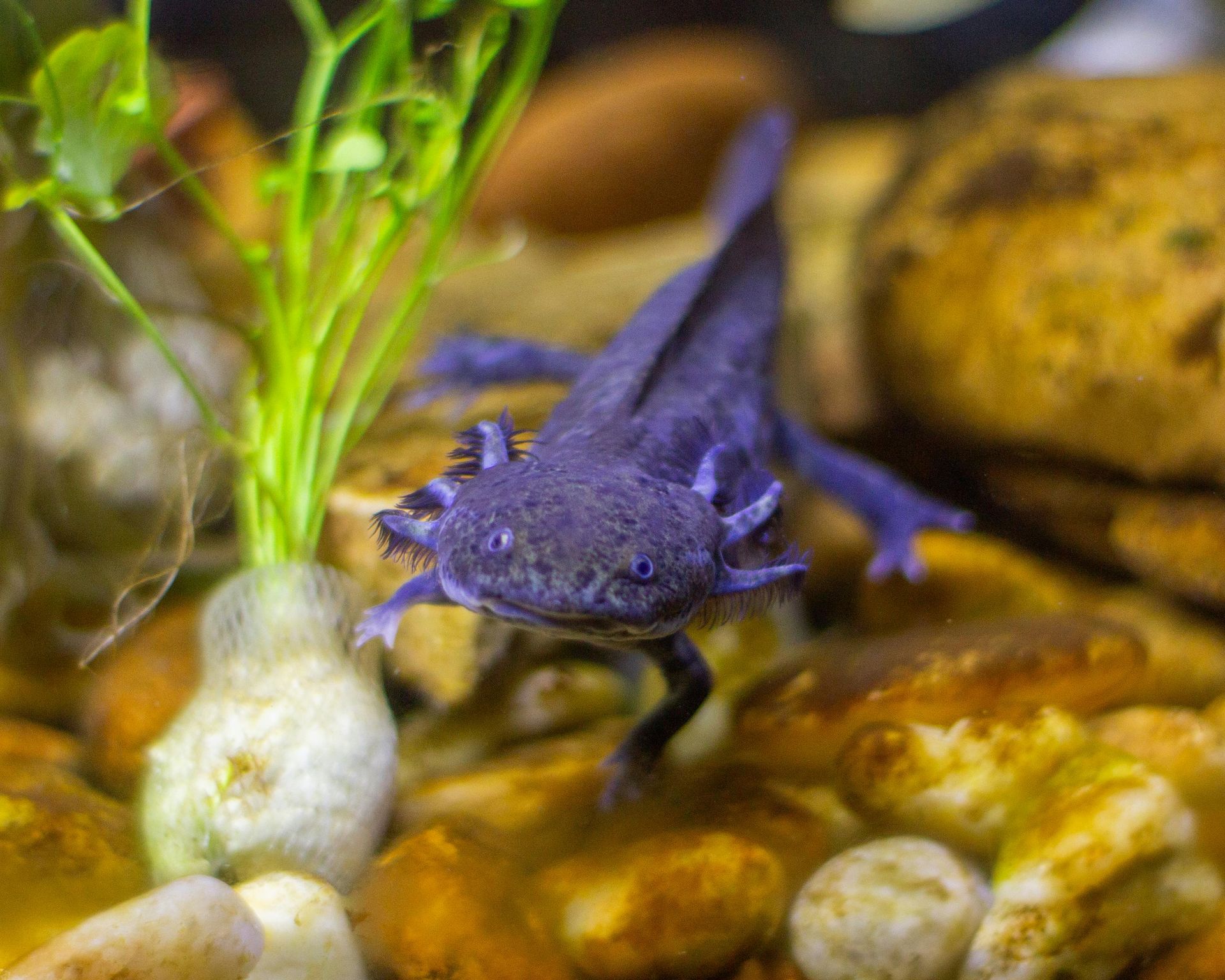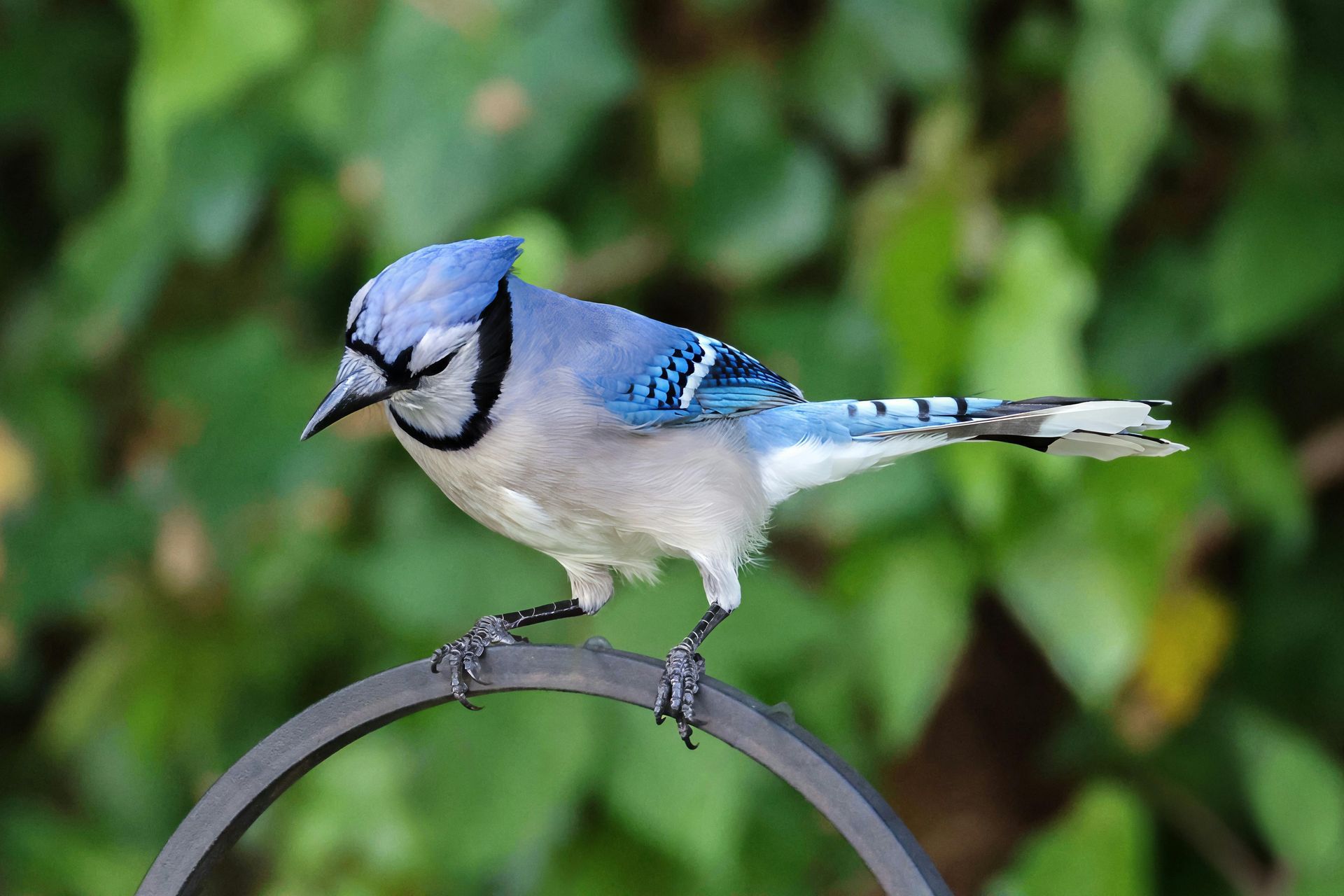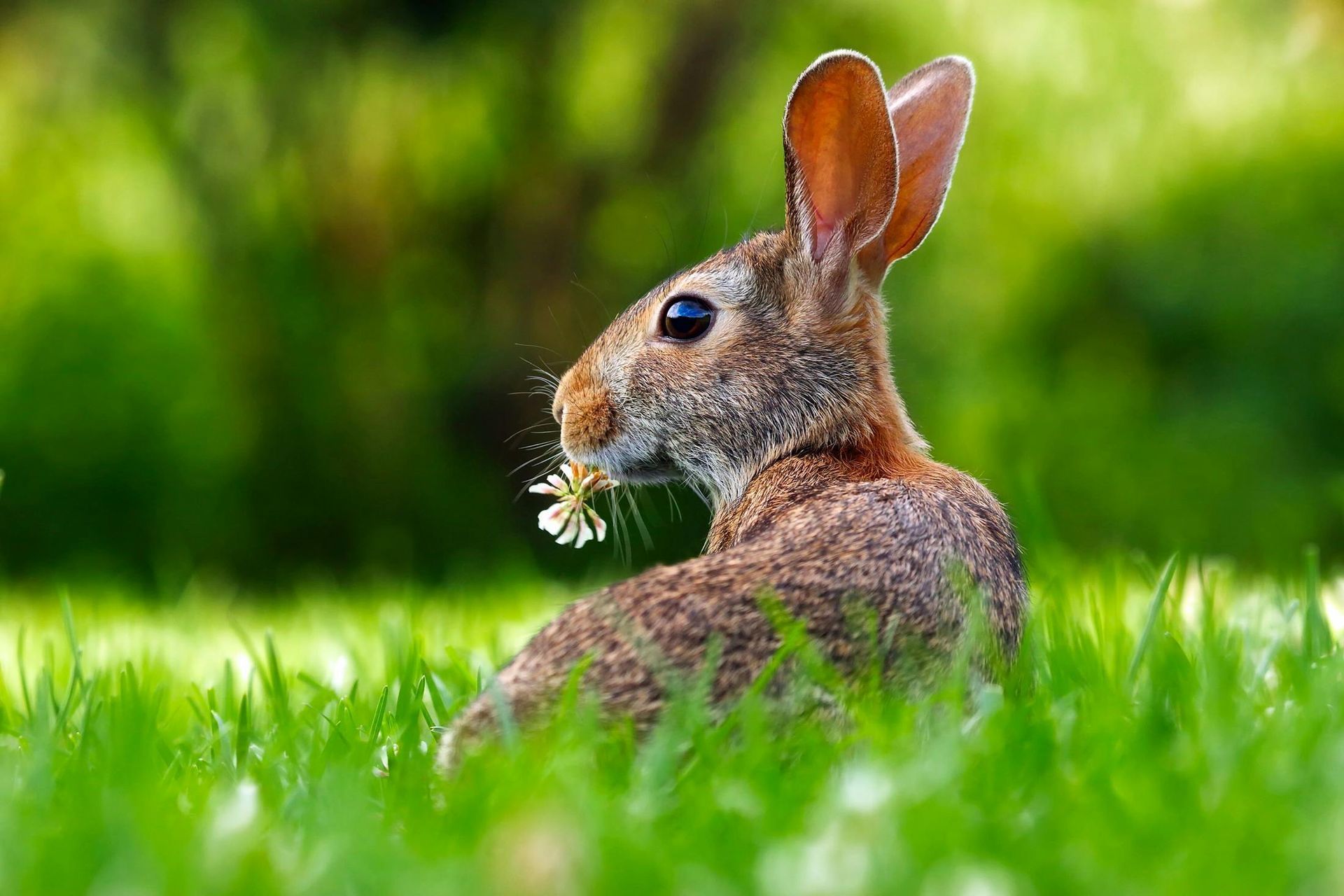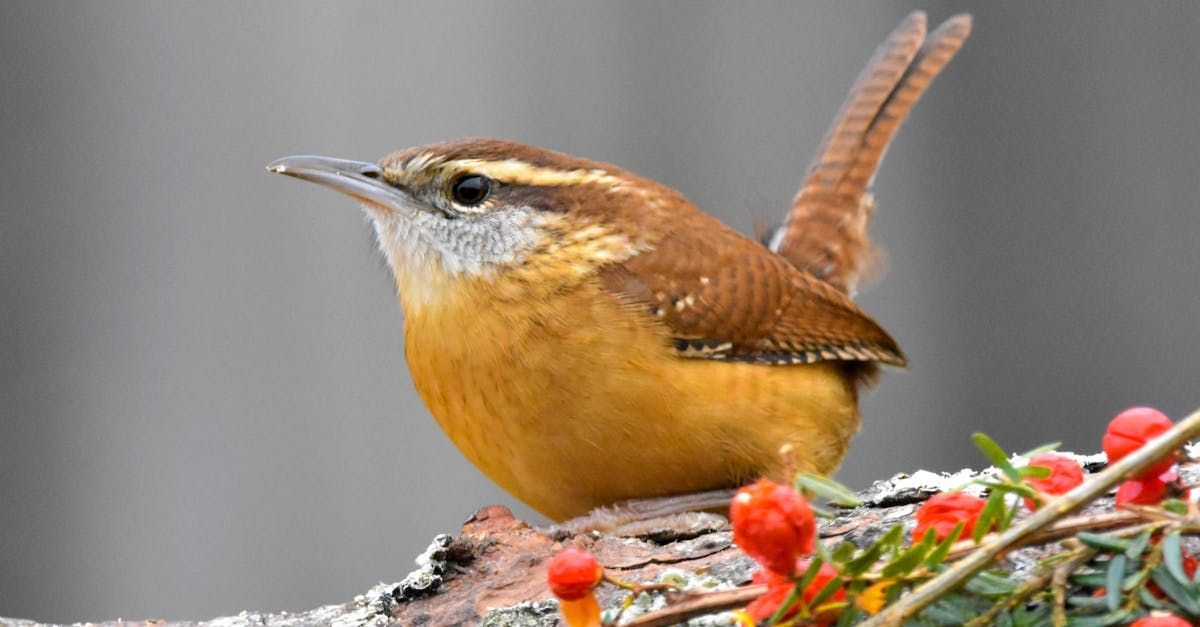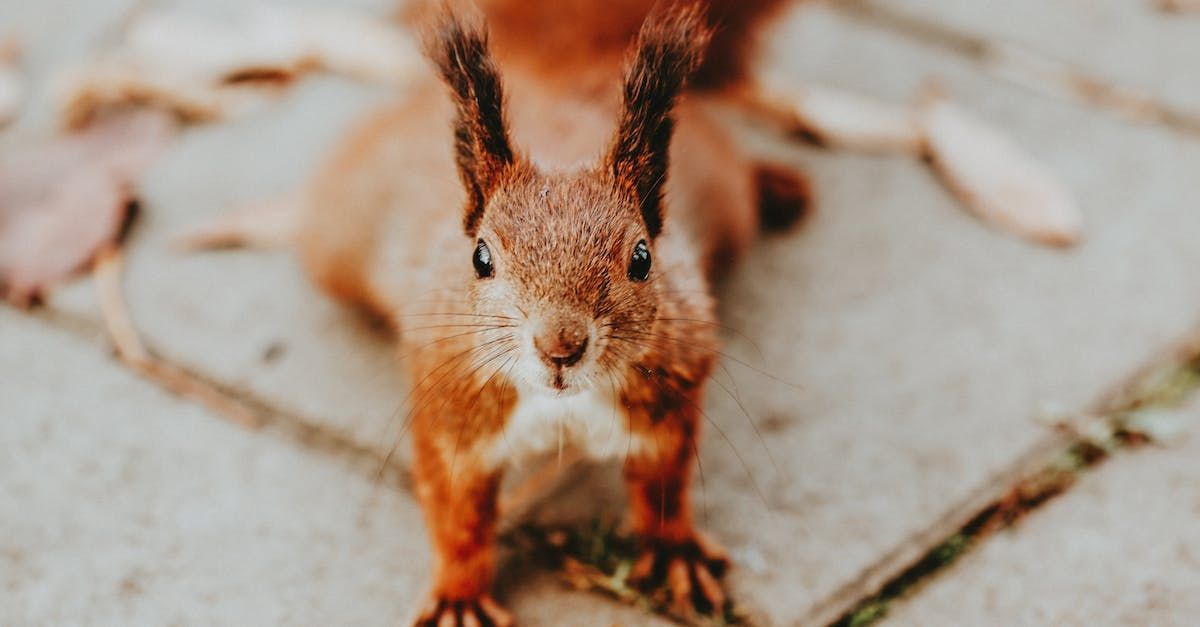A Mix of Cat-like Coolness and Dog-like Charm! 😺 🐕
Foxes share some surprising similarities with our beloved house cats. Both cats and Foxes are nocturnal, meaning they are up at night loving the dark and using their slanted pupils to see clearly in the dim light. The gray fox is more like a cat than the red fox, using their retracting sharp nails just like a cat. And they look more like our feline friends, while the red foxes are a bit more doggy-looking.
Whiskers aren't just for cats' cute faces — foxes use them too, helping them navigate through the great outdoors. And when it's time for dinner, watch out! Foxes, like cats, are expert stalkers, quietly approaching their prey with a mischievous twinkle in their eyes. Imagine foxes treading through the forest, using the balls of their feet, just like a cat on a midnight prowl. 🦊 🐾
Nature's Ultimate Super-Adapters! 🦊🌟
Foxes are really good at living in many places, even where people live, like on farms and in neighborhoods. They're flexible and can go to different spots easily, from forests to fields. Their fur, which can be red, gray, or white, helps them hide and stay safe.
The Arctic fox is one cool example of how foxes can live in freezing places. It lives in the Arctic where it gets super cold, like -50°C (-58°F)! They even dig snow tunnels during big snowstorms to stay cozy.
Foxes are also really good at living in big cities. They're clever and can figure out how to live around tall buildings and busy streets. The red fox is especially good at eating almost anything, which helps it live in the city. 🌿🏡
Fox Dens: Secret Underground Forts 🏡
Fox families keep safe in hidden worlds, known as dens. Imagine these dens as secret underground forts, providing a safe haven from larger animals like coyotes, wolves, and bears. Foxes, known for their intelligence, showcase their cleverness by digging dens under sheds, decking, or even utilizing holes crafted by other animals. In bustling cities, these covert fox homes are called 'earths' and can be found beneath sheds, among tree roots, in bushes, or along railway embankments.
Fox dens come in various sizes, ranging from small hideouts approximately 3-8 feet deep to larger, mansion-like structures. These intricate homes feature entrances and rooms designed for sleeping, hiding food, and nurturing the adorable fox cubs. Foxes, with their supper digging skills, craft cozy and secure homes, showcasing their adaptability in both urban and natural landscapes. 🏡
What's on the Menu? 🍽️ 🐁 🐇 🐓 🦗🍎 🍇 🍓🌽
Foxes are nature's clever and stealthy hunters, equipped with bodies designed for optimal food-finding and catching skills. Their unique abilities set them apart in the animal kingdom. With remarkable hearing, foxes can pick up even the quietest sounds from a distance of 40 yards! Adding to their extraordinary skills, foxes can use the Earth's magnetic field to locate food. Using their pointy ears and sharp eyes, they skillfully spot their favorite snacks, occasionally digging into the ground to capture insects or reveal hidden treats. This combination of keen senses makes foxes truly wonderful hunters. 🐁🐇🐓🦗🍎
Foxes aren't picky eaters and will eat many different foods depending on what is available in their surroundings. Their wild diet encompasses grasshoppers, crickets, small birds, squirrels, rabbits, young woodchucks, snakes, and lizards. Occasionally, they may target larger birds like pheasants and ducks. Foxes also enjoy berries and fruits such as grapes, apples, and raspberries, consuming about 1 pound of meat at a time. And, they save their leftovers, burying excess food for later—a hidden stash acting as their secret pantry! Their mixed and flexible diet makes sure they stay well-fed and happy in their fox tunnels. 🦊 🍽️
Adaptable Neighbors or Uninvited Guests? 🚫🍟🗑️
It may be surprising and maybe a little frightening to discover that foxes live in neighborhoods. If a fox shows up in your neighborhood, no worries! Foxes are a bit shy and usually run away if they see people. They might pass through your yard on their way to find food, and that's okay. Just let them be, and they'll be on their way.
Many people decide that having a fox in their yard isn't welcome. To make sure foxes don't stay in your yard long or choose your yard for a den, you can follow these steps:
- 🚫🍟 No Snacks, Please -
Don't give foxes any snacks. It might make them keep coming back. And never try to get near or pet a fox.
- 🍎🐦Pet Food Patrol: Keep pet food inside so foxes aren't tempted.
- 🐾🗑️Clean Up Crew: Make sure your garbage is closed tightly, and clean up fallen fruits or birdseed.
- 🦊🏡 Home Sweet Fox-Free Home: Close up any hiding spots under your porch or shed.
If a fox decides to make a home in your yard, or if you see a fox family nearby, here are some good sites for parents to get more detailed information.
Human Society Article: "What to do about Foxes"
https://www.humanesociety.org/resources/what-do-about-foxes#top
RSPCA Article:
"Foxes in the garden"
(while this is an article based in England and Whales, it provides good information that applies to other parts of the world)
https://www.rspca.org.uk/adviceandwelfare/wildlife/foxes/garden
